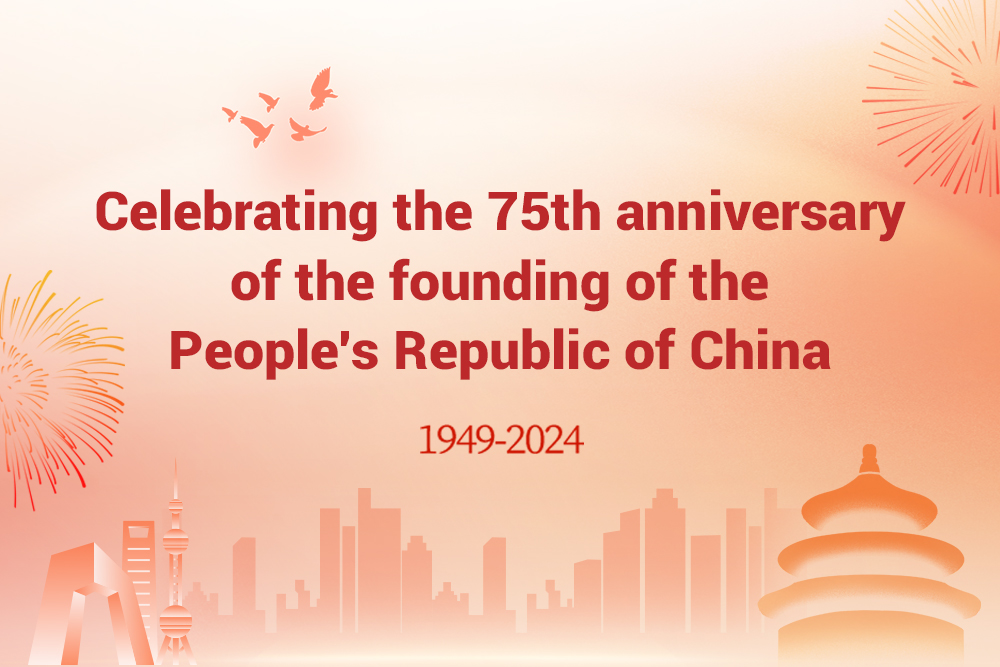Urban workers struggle with long commutes

In China's 22 most populous cities, long-distance commuters still face challenges, with more than 8 million people commuting over 50 kilometers each day, according to a report released earlier last month.
The finding comes from the commuting monitoring report of major cities in China, released by a research institute of the Ministry of Housing and Urban-Rural Development, in collaboration with the China Academy of Urban Planning and Design.
Covering 45 major Chinese cities with metro networks, the report shows that among the 22 cities with a population exceeding 5 million, Beijing has the highest proportion of long-distance commuters, with 12 percent traveling over 50 km, followed by Guangzhou at 10 percent.
In terms of one-way commuting time, 28 percent of commuters travel for over 60 minutes in the capital, while in the municipalities of Shanghai, Chongqing and Tianjin, as well as Wuhan in Hubei province and Qingdao in Shandong province, more than 15 percent of commuters fall into this category.
One such commuter is a 46-year-old surnamed Sun. Every weekday around 6 am, he leaves his home in Tianjin, drives to a parking spot near Tianjin Railway Station, then switches to high-speed rail and subway to reach his workplace in neighboring Beijing — an almost two-hour, one-way commute that he has maintained for a decade.
"I spend about 12 hours away from home each day, but there's no other choice," Sun said, adding that he commutes rather than rent an apartment in Beijing mainly because he wants to accompany his child, who is attending a junior high school in Tianjin.
For many long-distance commuters like Sun, rail transit services still need improvement.
Although the total area covered by operational rail transit in the 42 surveyed cities with subway services exceeds 10,000 km, only one-fifth of commuters live and work within 800 meters of a station. "Every 430,000 yuan ($60,000) invested in rail transit construction results in just one additional person gaining access to the 800-meter range," said Fu Lingfeng, an official from the China Academy of Urban Planning and Design.
Guo Jifu, director of the Beijing Transport Institute, explained that larger cities with a higher proportion of the tertiary industry find it increasingly challenging to balance job locations and housing. "While planners envision an ideal scenario, the reality is that job-residence separation remains widespread in urban areas," Guo said.
To improve commuting experiences, Guo proposed measures such as integrating rail transit with urban development, building efficient commuting systems, and encouraging employers to provide housing and adopt flexible work arrangements.
According to Yang Zeng, a professor at Shanghai University, the trend of living and working across cities in China is unique and differs from Western experiences, and this phenomenon reflects long-term potential.
"Strategies like city cluster integration are improving transportation and providing young people with more flexibility, enabling them to work in different cities without having to live in the main city center," Yang said.
Xinhua





































